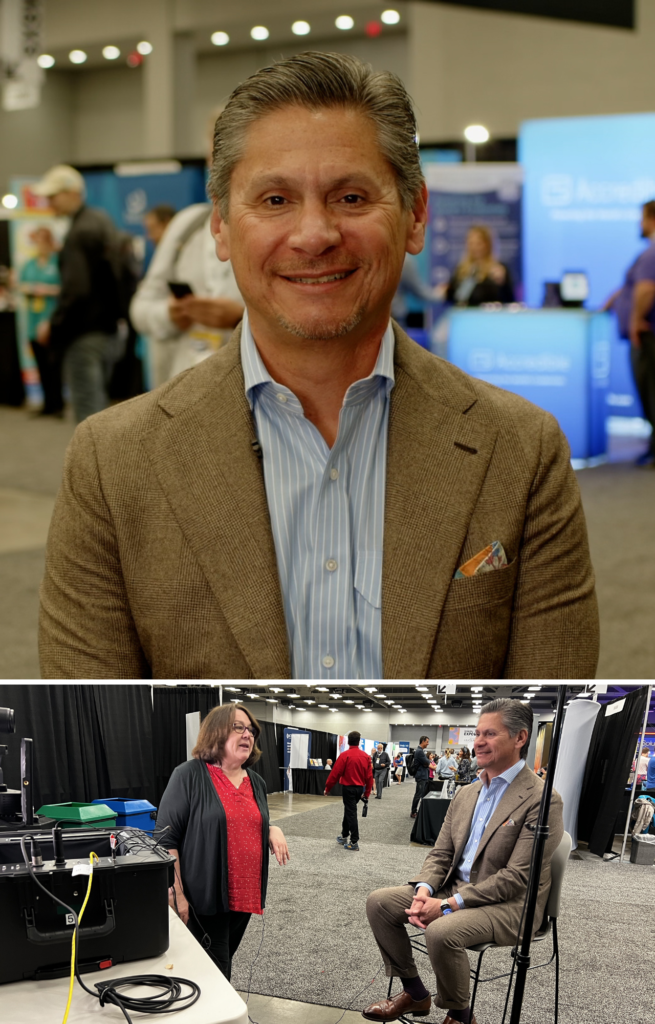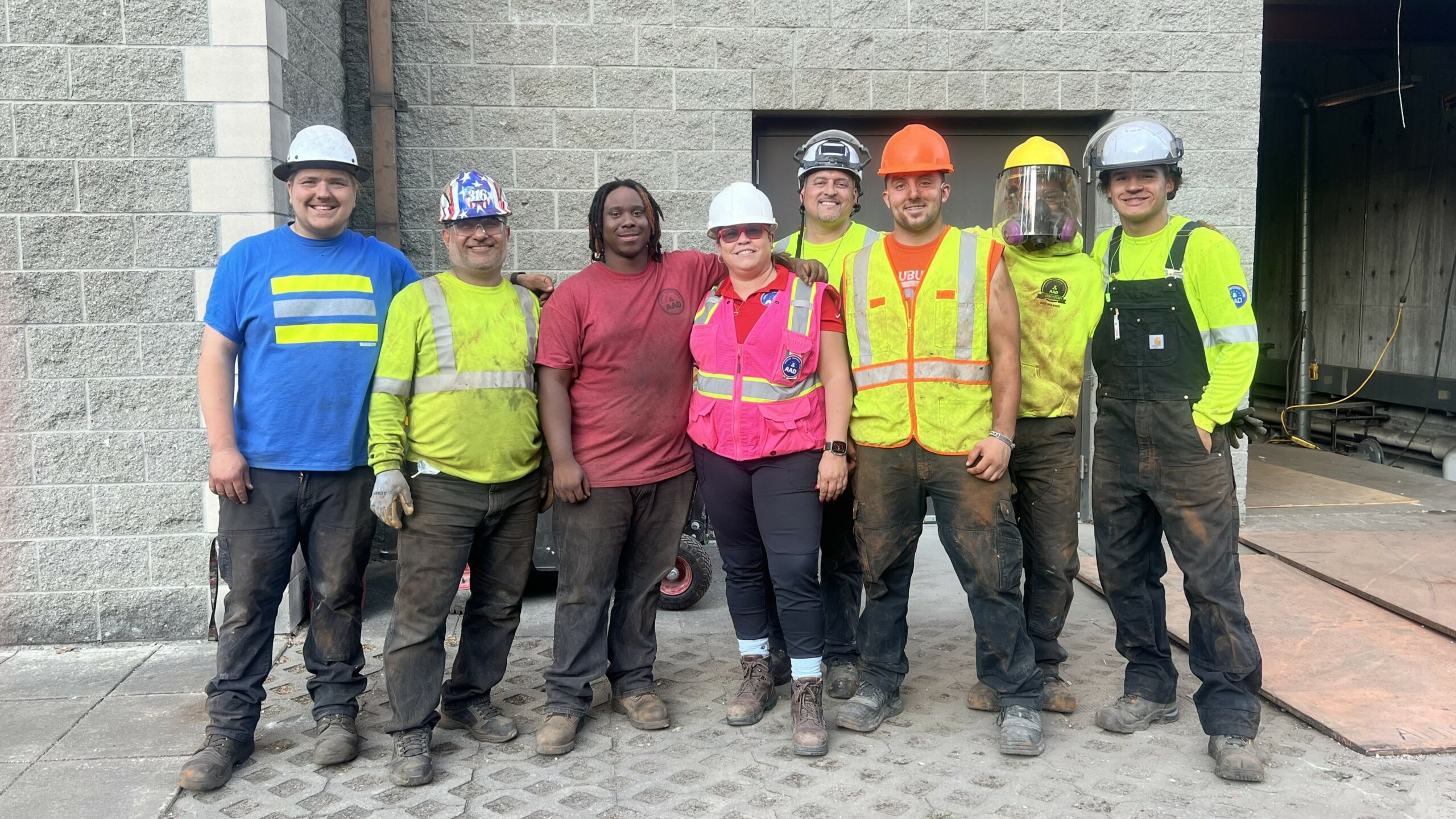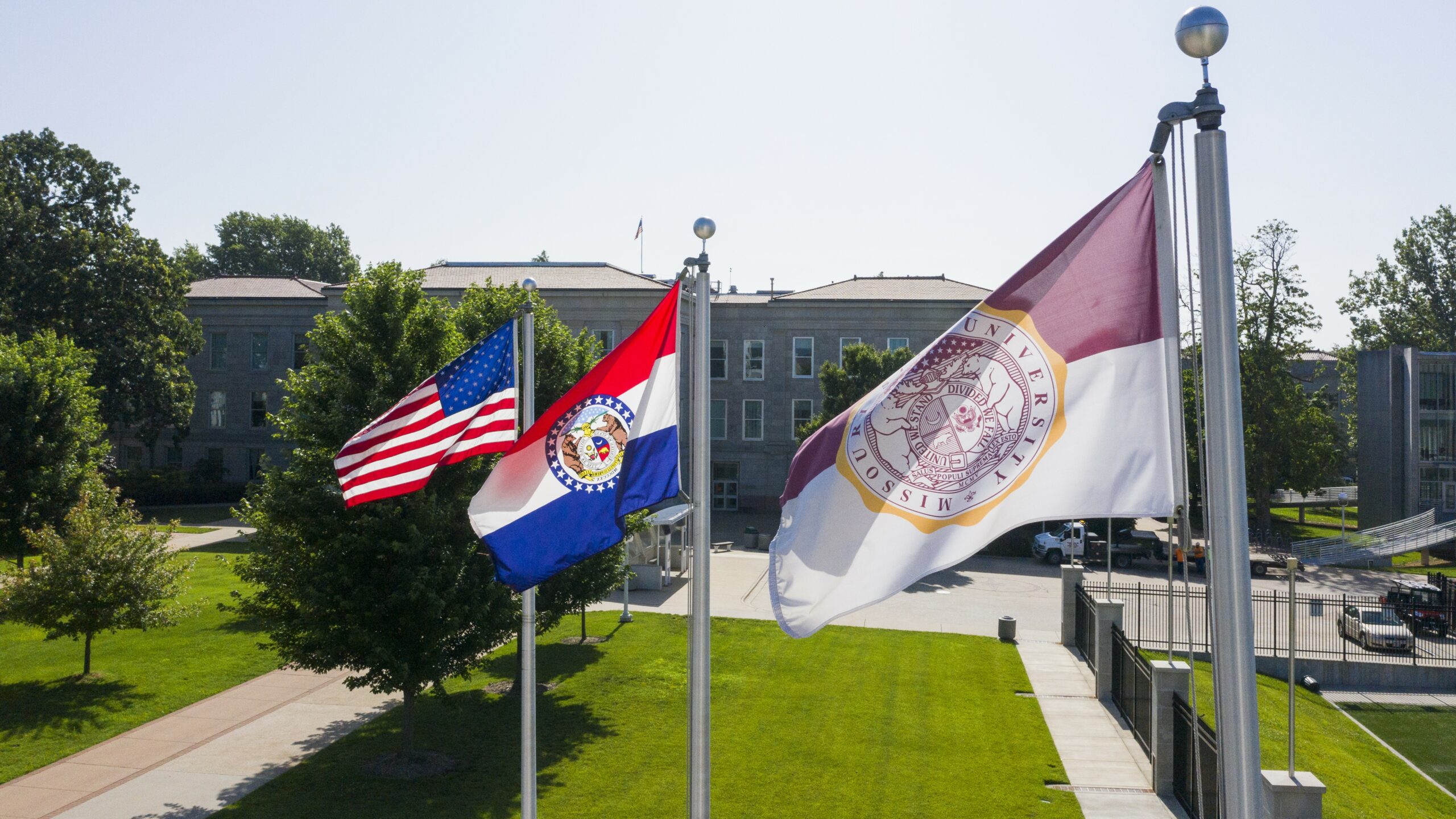California has one of the highest levels of income inequality in the country. And students from underserved populations face significant hurdles to economic mobility.
Low-income, Latino and Black students are “less than half as likely to make it from 9th grade to a college degree as their peers,” according to the Public Policy Institute of California.
To change those outcomes, College Futures Foundation – a statewide strategic philanthropy – is working to ensure everyone has access to postsecondary education, especially populations that have been historically left behind.
“We believe that a good postsecondary experience is key to economic mobility. It’s key to unlocking the potential and the talent of people throughout the state of California,” says College Futures president and CEO Eloy Ortiz Oakley, who spoke with me at SXSW EDU 2023 in Austin in March for WorkingNation Overheard.

The Foundation notes that recent “profound shifts in California’s education and workforce landscape” underscore the existence of inequity. A look at pandemic employment rates show wide differences in education levels.
“Post-pandemic a lot of people have gone straight into the workforce because there have been some good-paying jobs, then they find themselves in a situation later on down the line in which they need some sort of postsecondary credential to continue to move forward in the economy,” Oakley tells me.
The Foundation works with partners that include colleges and universities throughout California, as well as third-party intermediaries, to make a college degree more accessible and affordable. One example is dual enrollment programs that enable students to earn college credits while still in high school.
Oakley adds that the drive to ensure workers have access to postsecondary education also extends to adult learners. “We have people who have just been working and struggling – working two, three, sometimes four jobs – who need to find a better way of improving their livelihood and having a better foothold in the economy.”
California Setting an Example
Oakley – who served as chancellor of the California Community Colleges before taking the helm last year of College Futures Foundation – is conducting what he describes as a “strategic refresh process, working with institutions and consultants to advance racial, social, and economic equity to meet learners where they are.”
The organization is revising its vision and mission with new strategies expected to be announced early next year.
One planned change to the organization’s mission is to extend its current focus on obtaining a bachelor’s degree to include shorter-term credentials to meet workforce demand.
“Our foundation has always been supportive of every Californian having access to a great postsecondary experience and obtaining a bachelor’s degree. But along that route, there are many ways that Californians can get access to good education. Use that to get a better wage, a better job, and work their way toward that greater goal of a bachelor’s degree,” explains Oakley.
The College Futures Foundation looks to becoming an example for closing the income inequality gap. Oakley adds, “We’re hopeful that what we do in California also influences the rest of the nation from Washington, D.C. throughout the 50 states.”











